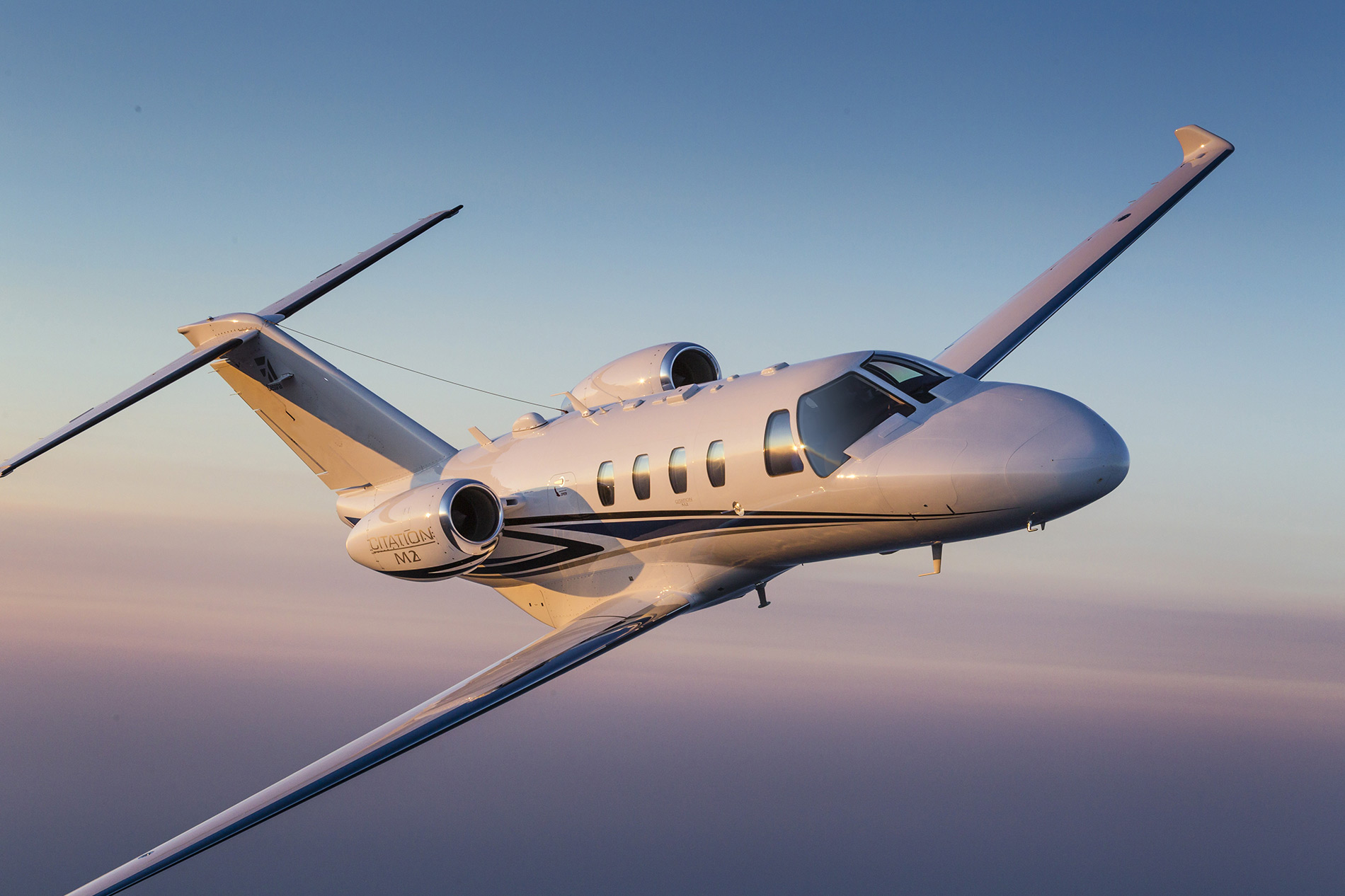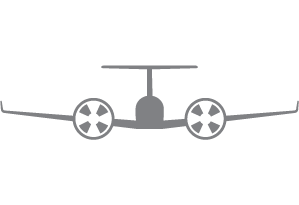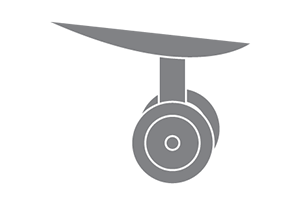Back to Special Missions
Transitioning from piston to jet in one step

The value of a solid partner and plan
Once single-engine piston pilots get comfortable in the cockpit, some long to go higher and faster with more room and more comfort. A light, single-pilot-certified business jet is the perfect fit for some pilots, but they’re reluctant to make the move, thinking they have to have turbine time or at least some experience with multi-engine aircraft.
“If you want to be in a jet, making the jump is possible with the right plan and the right support.”Mark Brown, vice president, Falcon Insurance Agency
Mark Brown, vice president of Houston, Texas-based Falcon Insurance Agency, says that’s a myth. The step from single-engine piston to jet may be unorthodox, but it is entirely possible with the right plan and the right support. As an aviation specialty broker, Brown works with underwriters to help pilots make the transition as quickly and as smoothly as possible.
“When Cessna began producing the Citation Mustang, we sat down with underwriters and FlightSafety International. What helped most was the pilot proficiency index, developed jointly by Cessna and FlightSafety. The proficiency index is a report card showing the pilot’s licenses, ratings and level of experience. With that, they could gauge whether a pilot could fly as a crew or as a single pilot,” Brown said.
Research showed pilots flying aircraft such as the single-engine CESSNA TURBO STATIONAIR piston with the GARMIN G1000 all-glass avionics suite were more easily able to transition to the CITATION MUSTANG jet, which uses the same avionics platform. Pilots with a multi-engine rating and/or any turbine experience were also better prepared for jet operation. Each type of experience helps reduce the amount of dual flight time required by underwriters.
Insurance underwriters consider several factors when creating a transition plan

Total flight time
Licenses and ratings
Multi-engine experience
Turbine experience
Pressurization experience
Retractable-gear experience
“Pilots who come from a piston-twin such as a Cessna 414 or 421 also have pressurization experience, which helps a lot,” Brown said.
Every pilot is different with different ratings, experience and flight time. Consequently, every transition plan is different, according to Brown.
“Every person coming to us is in a totally different situation, requiring different things depending on previous experience. An instrument rating is always a prerequisite regardless,” he said.
While it is certainly possible to move from a single-engine piston aircraft to a jet, the typical pilot transitioning into a jet flies a turboprop or a multi-engine piston.
“We’re able to get those done with some formal training and about 25 hours of mentor time. A pilot with 300 hours and no multi-engine or turbine experience will need a longer dual environment. Flight experience is king when it comes to underwriters reviewing an applicant. The more total time and the more time in the various types of aircraft, the better,” Brown said.
The threshold for transitioning to a jet is usually 500 hours. To achieve single-pilot operating privileges, those who are moving up will need closer to 1,000 hours total time and some multi-engine or jet time.
With so many variables, Brown suggests pilots work with an aviation insurance specialist who knows how to best represent their skills to underwriters and create an efficient transition plan. Ideally, aviation should make up 80 percent of the broker’s business.
“Also, you need to work with someone who has all of the aviation insurance underwriters available to get the options,” Brown said. “A personal-lines insurance agent who handles your home and auto might be able to get a quote on a light aircraft, but they typically don’t have any experience helping a pilot transition to larger, faster aircraft. If you want to be in a jet, making the jump is possible with the right plan and the right support.”